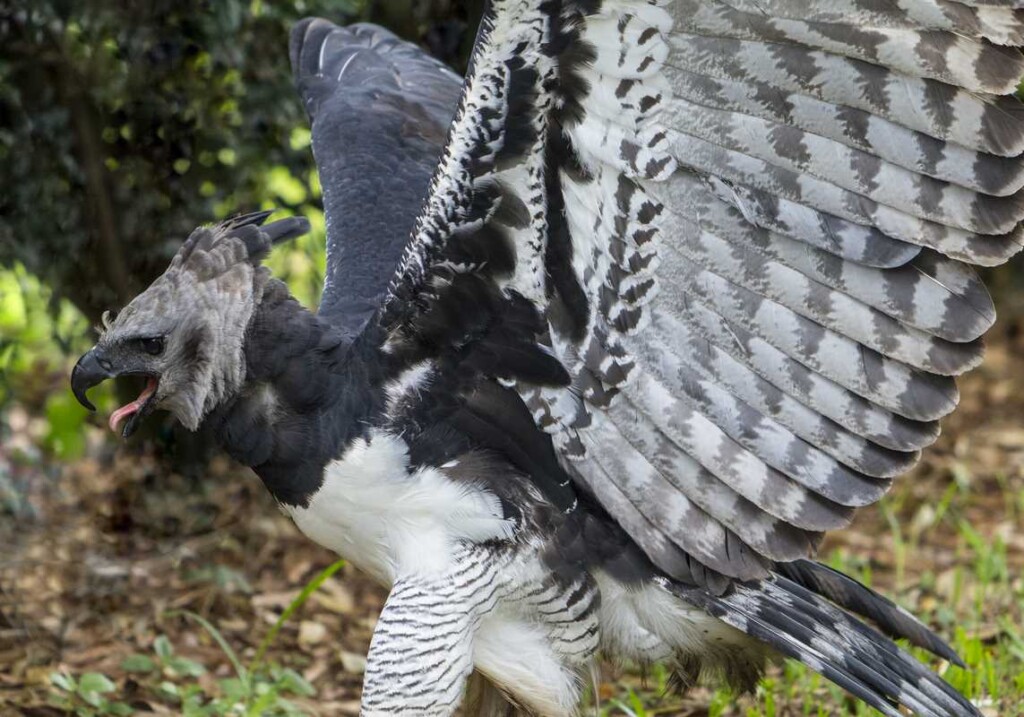 A harpy eagle in attack posture – credit Jonathan Wilkins, CC BY-SA 3.0, Wikimedia
A harpy eagle in attack posture – credit Jonathan Wilkins, CC BY-SA 3.0, WikimediaA harpy eagle, South America’s largest bird of prey, has been sighted in a rainforest in southern Mexico, where it was believed to be locally extinct.
Named for the crone-bird hybrid of Greek mythology, the appearance of this large and majestic raptor is worthy of the association. Adult females are much larger than their male counterparts, weighing in at close to 40 pounds, and measuring more than 6 feet from wing tip to wing tip.
Despite a significantly slower and lower birthrate than other eagle species, the harpy eagle numbers in the tens of thousands across South America. In Central America however, they’re virtually extinct.
In Mexico, it’s long been thought that they were, but dedicated wildlife monitors eventually proved otherwise.
A 2011 photograph by a guide from the Siyaj Chan, a group of Indigenous community members who live near the Chiapas-Guatemala border, reignited interest from conservationists that the harpy may still exist in the state, reports Mexico News Daily.
Located in the Lacandon Jungle, a tropical rainforest stretching approximately 1.9 million hectares from southeast Chiapas into northern Guatemala and into the southern Yucatán Peninsula, it’s the only environment the primate-eating eagle can thrive in.
COMING BACK HOME:
“For many years, the scientific community considered it an extinct species in Mexico,” said Alan Monroy-Ojeda, a conservationist with a PhD in tropical ecology. “Now, we can announce to the world that harpy eagles still exist here.”
If a harpy eagle does still exist in Lacandon, its population cannot be more than a few. Despite being a largely silent bird, it is not an elusive species, and is a common target of visiting birdwatchers even in Central America where it’s rare. Additionally, the females will lay only one egg every two to three years.
Monroy-Ojeda is director of a local organization committed to identifying and advocating for the protection of biodiversity hotspots across Mexico, of which Lacandon certainly is. It is home to 33% of the country’s bird species and 25% of her mammals.
SHARE This Encouraging Sighting With Your Friends On Social Media…
Source link

